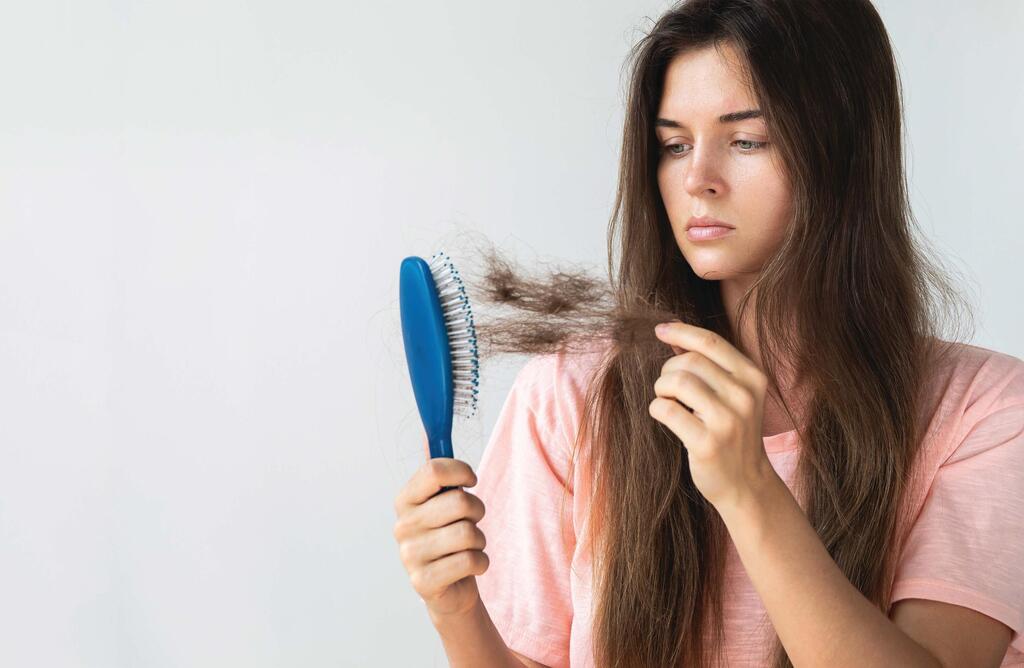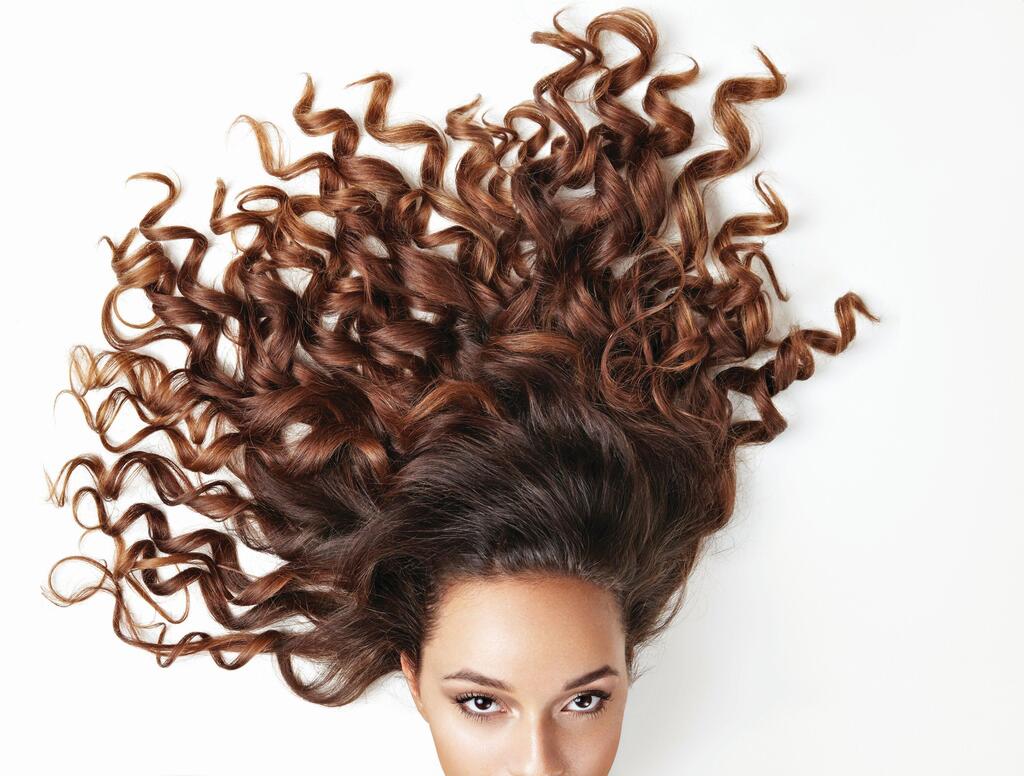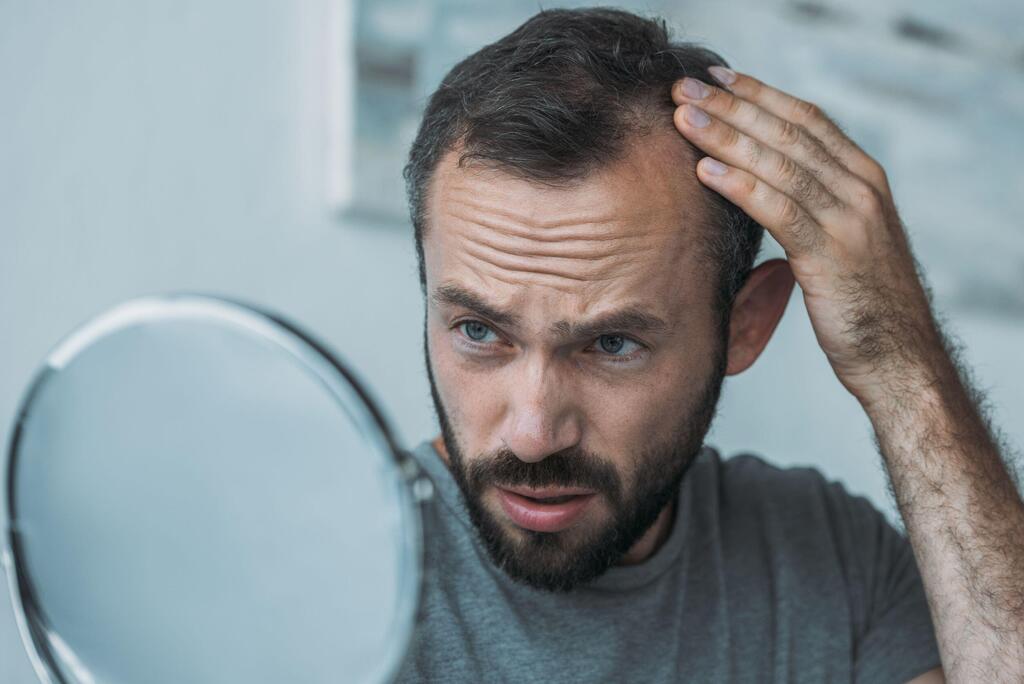The hair and fur of humans and other mammals serve more than just aesthetic purposes; they fulfill a range of important functions, including regulating body temperature, protecting against the sun’s harmful rays, and facilitating sensory perception of the environment.
More stories:
Additionally, various types of hair in both humans and animals have specialized functions: our eyelashes protect our eyes from sweat and dirt, our nose hairs protect our respiratory system from dust and allergens, and the hair or fur on our heads helps regulate our brain temperature.
Human Hair
Hair grows across significant areas of skin on the human body - on average about 60 hairs per square centimeter, covering almost every part of the body except the lips, palms of the hands, and soles of the feet.
In total, an average human has between 2 million and 5 million hair follicles, the functional units responsible for hair production. Surprisingly, only about 100,000 of these millions of hair follicles are located on the scalp.
However, not all hairs are created equal. Human body hairs fall into three primary categories:
Lanugo, the first type, grows on the bodies of fetuses and usually sheds before birth. This fine, light-colored hair appears on most parts of the body.
Vellus, the second type of hair, is characterized by short, delicate hairs found on children and adults. Vellus hair grows on the arms, legs, and various body parts.
Terminal hair, the third type, typically emerges during puberty. This hair is thicker and longer, growing in areas such as the head, pubic region, armpits and, in males, on the chest, back, abdomen and limbs. Eyelashes, eyebrows and facial hair in men are also types of terminal hair.
Therefore, hairs growing in different parts of the body vary in length, thickness and growth rate. The reason for this lies beneath the skin's surface, in the hair follicle, where hair growth occurs.
We all need follicles
To understand how hair follicles produce such diverse hairs, let’s delve further, beneath the outer layer of skin cells, termed the epidermis, to the inner layer of cells, termed the dermis. This is where the hair follicles are located.
Each follicle looks like a small sac, inside which the hair grows until it breaks out to the skin’s surface. Like every other living tissue in the body, the hair requires “building blocks” and oxygen for growth; obtained through the blood vessels that reach the base of the follicle.
Three stages of hair growth:
Stage One: Anagen–growth
During this phase, hair fiber forms and hair begins growing inside the follicle. The hair extends, emerges from the follicle and breaks out of the skin, continuing to elongate. Anagen is the lengthiest phase in the life of the hair, with about 90% of the hairs on our head are found in this phase at any given moment.
The duration of the anagen phase varies according to a hair's body location, and for scalp hair it can last up to 7 years. For arm and leg hairs, this phase is much shorter, lasting only 30 to 45 days. Therefore, these hairs reach a length of just a few centimeters. The average rate of hair growth is about one centimeter per month.
Anagen is the most important stage in the hair growth cycle, as it determines the length of the hair and the duration of time until it falls out. One of the most significant factors that cause the end of the anagen stage and the transition to the next phase, thus limiting the period of hair elongation, is a protein from the FGF family. Researchers found that when this protein is absent the eyelashes grow several centimeters longer than average.
Stage Two: Catagen–degeneration
During the second stage, the rate of hair growth slows down as the hair detaches from the follicle. The detachment from the follicle also disconnects the hair from the blood supply and the nutrients it provides; thus, the hair stops growing and dies, but does not shed yet.
At this stage the hair follicle becomes narrower and the hair is pushed upward, but still remains attached beneath the skin surface. This phase is the shortest, and for scalp hair it lasts only a few weeks.
Stage Three: Telogen–rest
The final phase is a period of rest, at the end of which the hair disconnects from the follicle and falls out. For scalp hair, this stage lasts about three months. This is the natural hair shedding process, and at any given moment, about 10% of all hairs are in this phase.
As a result, the percentage of hairs that are shedding at any given moment is quite small, so our hair maintains a uniform appearance over time. Hairs in the telogen phase are not strongly attached to the scalp and can be pulled out relatively easily.
These are the first hairs to fall out when we wash or comb our hair. At this phase the follicle rests briefly and at its completion the follicle returns to the anagen phase, initiating the growth of a new hair.
Hair: Truths and myths
Can women grow long hair more easily than men? Apparently, yes. Estrogen and progesterone, the female sex hormones, present at higher concentrations in women compared to men, play an important role in prolonging the anagen phase; thereby extending the period for hair growth.
Furthermore, the DHT hormone, a derivative of the hormone testosterone, which is present at higher concentrations in men, damages hair follicles and shortens their life cycle. The result is short, delicate hairs that fall out rapidly. This is also one of the factors that increase the chance of male pattern baldness.
Researchers have found that applying a topical ointment that contains caffeine reduces the DHT activity in the body and may reduce the rate of hair loss in men suffering from male pattern baldness. The study was conducted on isolated scalp cells that were in a laboratory and not on the scalp of a living subject, therefore, further experiments are required before a medicine can be formulated.
Additionally, the drug Finasteride, commercially known as Propecia, reduces DHT levels in the body and prevents baldness. The DHT molecule is also responsible for the differences in the distribution of hair on the body of men and women.
And what about haircuts? Can they speed up the process of hair growth? Contrary to the prevailing myth, the answer is no, haircuts do not affect the rate of hair growth. While cutting hair is beneficial for eliminating split ends and older, damaged portions, it does not influence the follicle beneath the skin, which determines the rate of growth.





